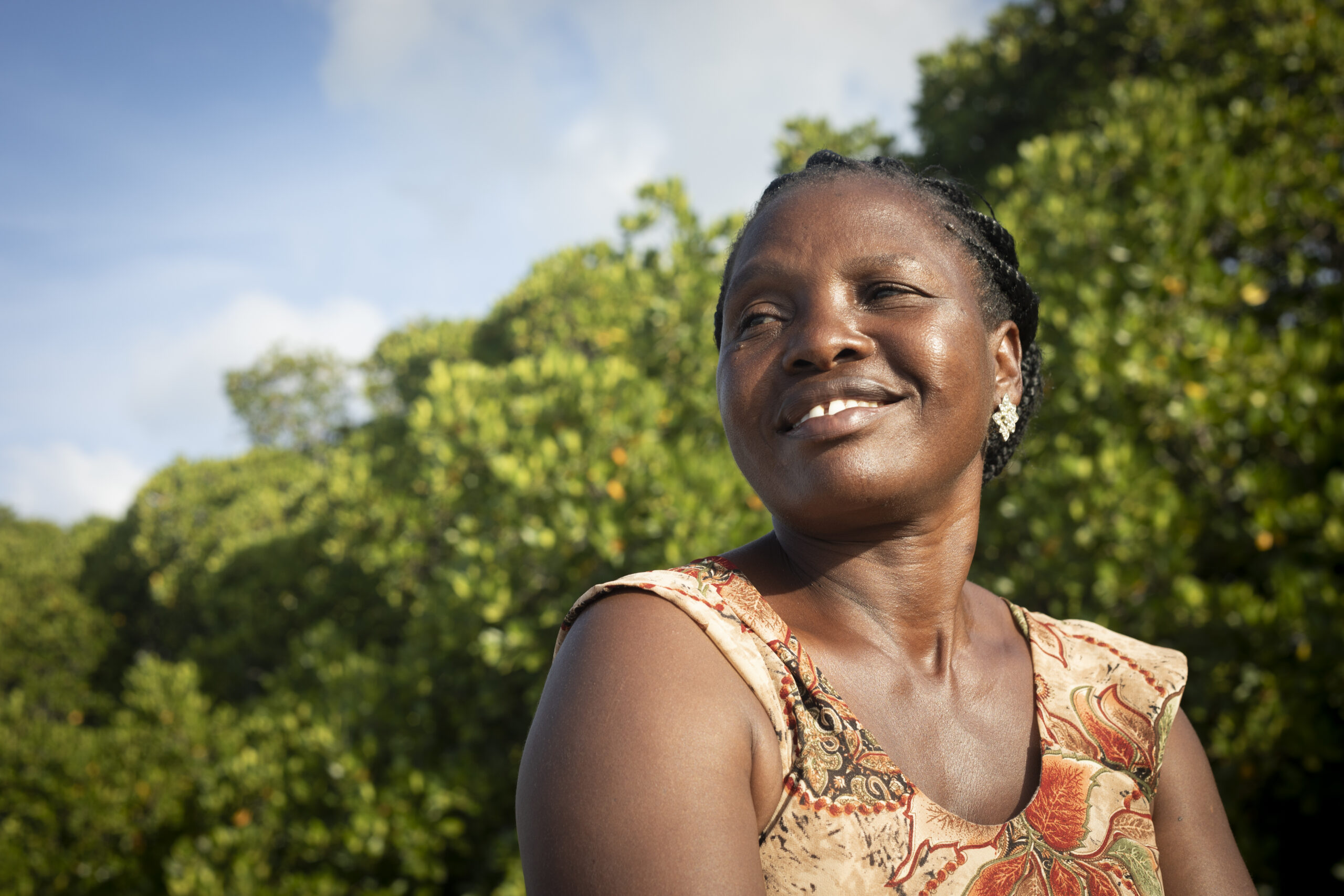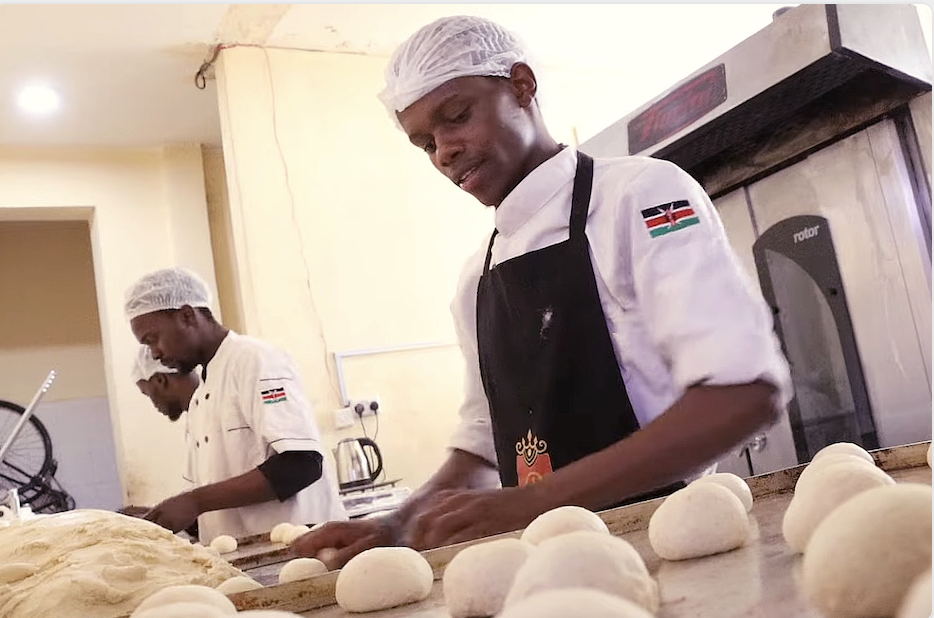
Meet Joyce Muramba, Kenya’s mangrove mama

Along the coast of Watamu, north of Mombasa, a narrow wooden boardwalk meanders through a dense forest of mangrove trees. Rising from the water, with complex roots and shadowy green leaves, they weave around and beyond the pathway as it stretches out into the still waters of Mida Creek.
This is the entrance to the Mida Creek Conservation Community, an area considered one of the most productive mangrove ecosystems in the world. It is here we meet Joyce Muramba, known as the mother of the mangroves.
Muramba has lived her whole life in Watamu, observing the changing nature of the ecosystem that she calls home. A mother of seven children, she is the first woman to join the Mida Creek Conservation Community, dedicating much of her time and energy towards the replanting of mangroves.
The price of mangroves
As Muramba talks about mangroves, her whole face lights up. “When I’m walking through the mangroves I am filled with joy because I can see insects thriving happily and co-existing,” she says.
However, it was not always like this. Ten years ago, the dense mangrove forest leading up to the coast did not exist, degraded by community activities and chalk manufacturing industries which used the mangroves as firewood.
Mangroves are critical to areas like Watamu. They play an intrinsic role in the coastal ecosystem and supporting rich biodiversity. Fish tend to breed in mangrove environments, which are safer than the outer depths of the ocean.
And for a community that relies on fishing for its livelihood, the destruction of mangroves poses a serious threat.

“Before I joined the group, there was a lot of destruction of the environment. There were no trees around the sea, one could see all the way to the horizon,” Muramba remembers.
With the high level of mangrove consumption within the village, alongside the slow natural regeneration of mangroves, the most effective solution was to re-plant them by hand, sowing each seed into the earth.
Women in conservation
Started in 2000 by concerned locals, the Mida Creek Conservation Community brings the villagers together to replant mangroves and take part in other conservation activities.
Initially, women were not allowed to participate in mangrove conservation efforts. The strenuous, hands-on nature of the work was considered inappropriate for women, but Muramba was not deterred.
Determined to support her family and community in the fight for conservation, she threw herself into the work and paved the way for other women to follow. The conservation of the mangroves is now a family affair, with Muramba working alongside her husband and children to protect their environment.
“I faced a challenge as a woman to speak about the mangroves but now we have the chance,” she says. “We have fought and now we are part of the group.”
Muramba’s efforts helped her win the prestigious Woman of Excellence award, from the Kenya Association of Women in Tourism (AWT).
“It shows you the collaboration that is there, how peace initiatives start at home. Joyce and her husband show that there is equality. They were working in silence, but their actions spoke louder than words,” says Kate Mwikali, the regional chair of AWT and Malindi stakeholders.

Plant a tree, save a life
Today, 46 people from the local community – including 15 women – work to help conserve Mida Creek and its resources. And as the conservation community continues to grow, so do the mangroves and the benefits they bring.
The mangroves are now a major attraction for tourists, drawn to the incredingly dense forests perched upon the water. As a result, ecotourism activities such as bird watching, beekeeping, and mangrove canoe tours, take place around the Mida Creek area.
Additionally, the trees act as a rich resource for climate regulation and weather-related catastrophes, forming a protective barrier along the coast. And as the mangrove density grows, so does the local fish population, improving food security and the livelihood of the local fishing community.
“It was painful then but now we are happy. People travel from far to come see the greenery that has thrived so well,” Muramba says.
For Muramba, her hard work was driven by a desire to shape a world where her children and future generations can live in peace. And it appears to be paying off. “If the mangroves continue to thrive, resources will increase,” she says. “Our future generation will see it and take care of it. The forest and the environment will be good for them all.”
Interview with Joyce Muramba was translated from Swahili into English by Nyawira Mwangi.






